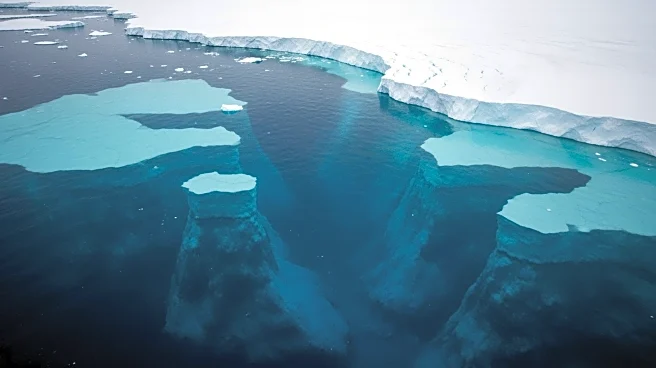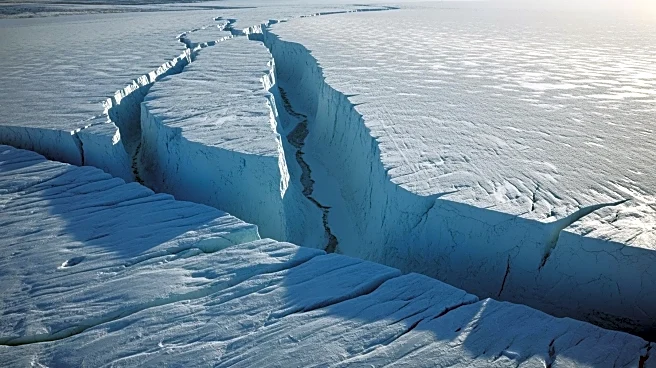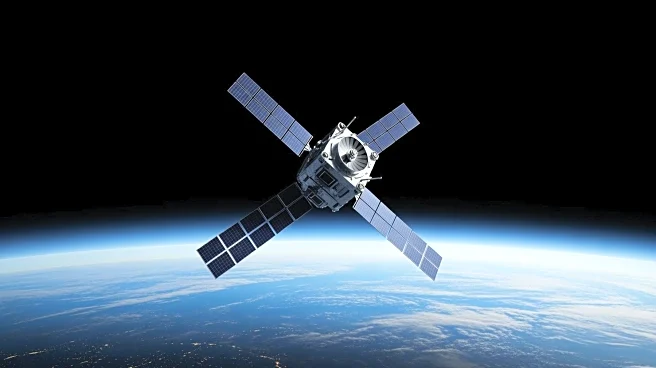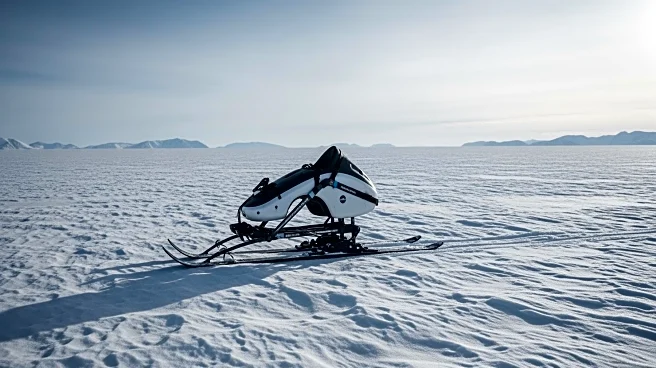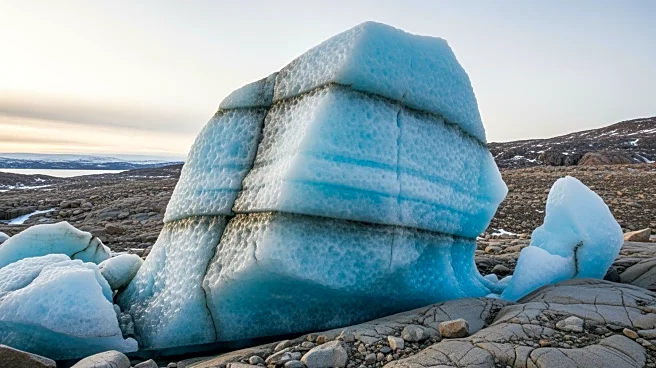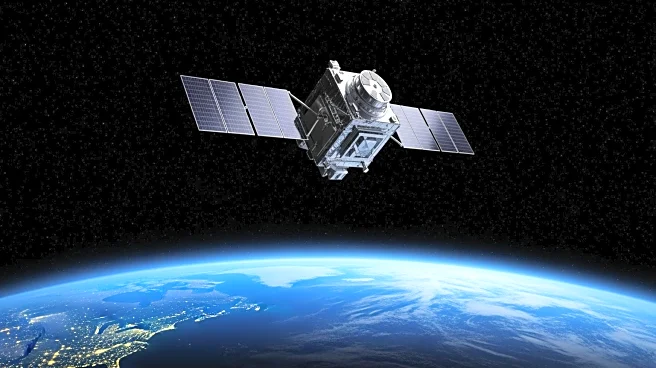What's Happening?
Researchers have mapped a vast network of 332 hidden canyons beneath Antarctica's ice, revealing their significant role in shaping ice dynamics and ocean circulation. These canyons, some over 4,000 meters
deep, influence where and how ice shelves melt, affecting global sea-level rise and climate stability. The study, published in Marine Geology, highlights the need to incorporate these features into climate models to improve predictions of ice-sheet behavior and sea-level changes. The findings underscore the complexity of Antarctica's underwater topography and its impact on global climate systems.
Why It's Important?
The discovery of these hidden canyons challenges existing climate models and sea-level rise projections, which often overlook the intricate topography of Antarctica's seafloor. By understanding the role of these canyons in ocean circulation and ice dynamics, scientists can improve predictions of future climate scenarios and inform global policy decisions. The research also emphasizes the importance of high-resolution mapping and data collection in polar regions, which are critical for understanding and mitigating the impacts of climate change.
Beyond the Headlines
The study reveals significant differences between East and West Antarctica's geological histories, with implications for regional vulnerability to climate change. The canyons' role in facilitating heat and nutrient transport highlights their importance in global ocean circulation and climate regulation. The research calls for continued investment in polar exploration and technology development to enhance our understanding of these critical regions. The findings may also influence international climate agreements and conservation efforts aimed at protecting vulnerable polar ecosystems.
